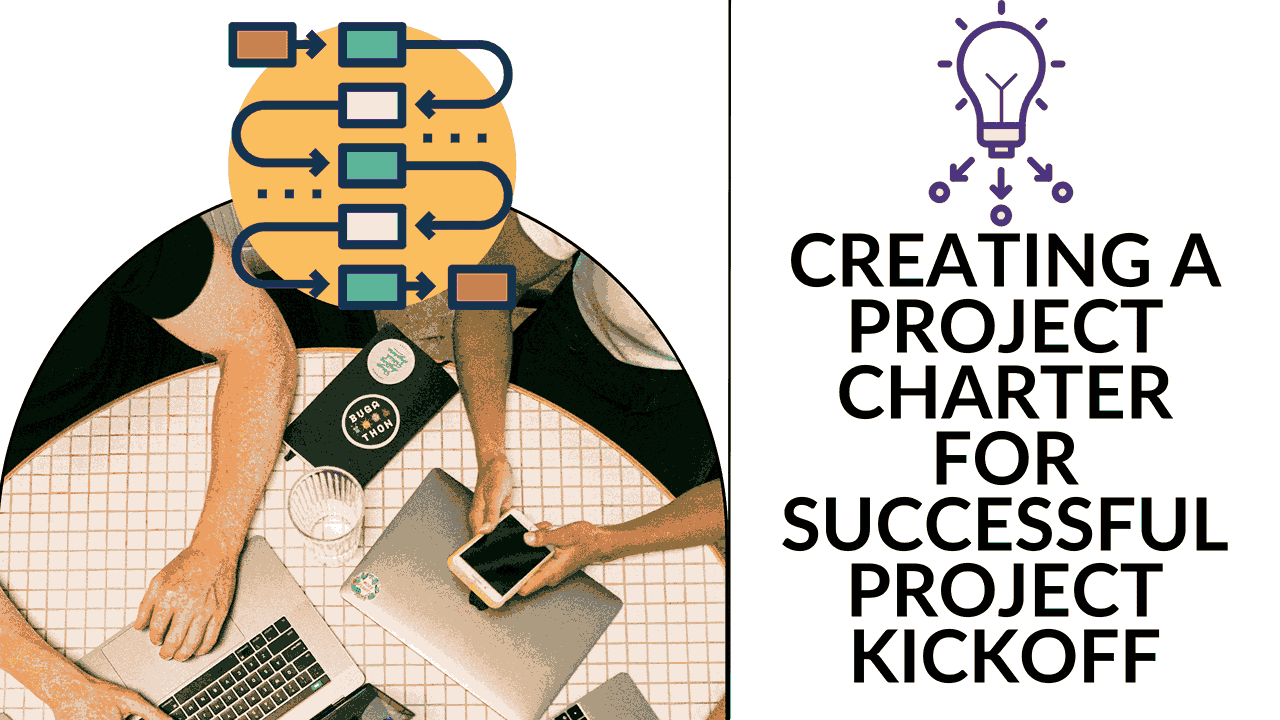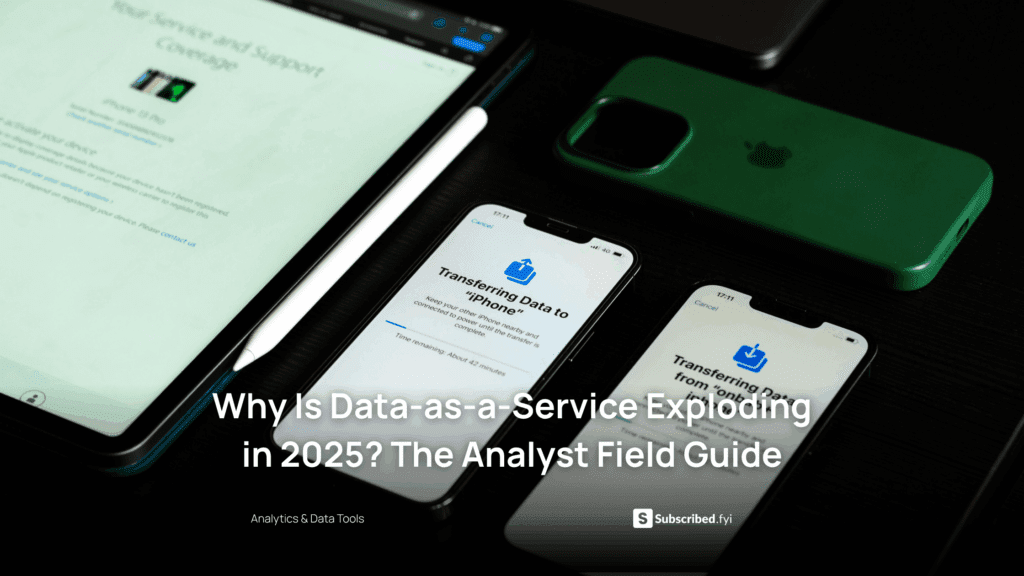Creating a project charter for successful project kickoff


Creating a project charter for successful project kickoff
In the world of project management, success is a coveted prize, but it doesn’t come without careful planning and precise execution. Imagine embarking on a new project without a clear roadmap, goals, or roles defined. It would be like setting sail without a destination in mind or a compass to guide you. This is where a project charter comes into play.
What is a Project Charter?
A project charter is a formal document that delineates a project’s purpose, scope, stakeholders, objectives, and a comprehensive plan. This document serves as a guiding beacon, leading the way for all decisions and actions that follow. Think of it as your project’s North Star, ensuring that everyone involved is on the same page and working towards a common goal.
At its core, a project charter is a roadmap that communicates what the project entails, who is involved, and how it will be accomplished. It’s the cornerstone of project management, designed to prevent scope creep, control budgets, and align the project with the expectations and standards of all stakeholders.
The Essence of a Project Charter in Project Management
In the realm of project management, a project charter is the cornerstone of success. It offers the clarity and direction necessary to keep the project team on track and aligned with its original goals. Just like an architect’s blueprint, a project charter provides a strategic overview of the project, outlining the terms, key details, and relevant stakeholder information that will shape the project’s journey.
But what is the primary purpose of a project charter?
Setting the Tone and Guidelines
Much like creating an essay plan before writing an essay, a project charter sets the tone and guidelines for an upcoming project. It’s a proactive approach to navigating potential obstacles and objections, which can emerge as roadblocks along the project’s path. Without a project charter, you’re left to stumble through the project, solving problems on the fly.
The project charter’s high-level overview equips you to take proactive action and anticipate challenges rather than being blindsided by them during the project’s execution.
The Key Elements of a Project Charter
A project charter typically includes the following essential components:
- Project Objectives and Constraints: Clearly outline the project’s main objectives and identify any potential constraints or obstacles that could hinder their achievement. This includes factors such as budget limitations, team capacity, and stakeholder requirements.
- Timeline: Map out the estimated start and end dates for the project, along with any significant milestones. You can then use this information to create a dynamic timeline in your project management software for real-time progress tracking.
- Key Stakeholders: Identify and list all stakeholders with a vested interest in the project’s success. Detail their roles in relation to the project, what you may need from them, and how to contact them.
- Risks Identified: Create a plan for mitigating or avoiding risks that could pose a threat to project completion. Identify potential risks and determine the best course of action for each.
- Benefits of the Project: Describe how the project will positively impact stakeholders, customers, and end-users. Be specific, as this information is crucial for effective project prioritization.
- General Overview of the Budget: Provide a high-level financial overview, breaking down the project’s budget, including available funds and anticipated costs. This ensures you stay within budget and provides stakeholders with a summary of project finances.
Creating Your Project Charter in Four Steps
Creating a project charter involves the following four key steps:
Step 1: Understand Key Project Goals and Objectives Identify the project’s vision and define its scope. This step sets the tone for the entire project, establishing what needs to be achieved and what constraints or limitations exist within the project scope.
Step 2: Define Project Organization List all essential roles for the project, including customers, stakeholders, and the day-to-day project team. Clearly outline the responsibilities of each team member to ensure effective collaboration.
Step 3: Create an Implementation Plan Outline major milestones, dependencies, and the project’s timeline. The implementation plan serves as a roadmap for project execution, helping the team stay on track and meet project schedule goals.
Step 4: List Potential Problem Areas Identify potential challenges and obstacles in advance, and develop contingency plans to mitigate risks and address issues as they arise. This proactive approach keeps the project on course.
The Next Steps After Writing Your Project Charter
Once your project charter is complete, the following steps are essential to ensure your project execution proceeds as planned:
Step 1: Authorize the Project Present the project charter to stakeholders for approval. This critical step provides the green light for the project team to commence work and is a fundamental aspect of the change management process.
Step 2: Develop a Scope Statement Create a scope statement that clearly defines what the project will accomplish and what it won’t. This ensures the project stays on track, and all stakeholders have a clear understanding of the project’s goals and objectives.
Tips for Writing a Project Management Charter
As you work through the process of creating your project charter, consider these helpful tips:
- Rely on Insights from Your Team: Don’t feel the need to work out all the information on your own. Gather input from your project team members to gain insights into goals, milestones, and potential problem areas. This collaboration results in a more accurate project charter.
- Keep It Short and Straightforward: A project charter is a high-level overview, not a detailed breakdown. Each section should only require a sentence or two. Use charts and bulleted lists to present information in an organized and digestible format.
- Create a Template: After realizing the benefits of a project charter, create a simple template that can be used for all your projects. This saves time and ensures you don’t miss any critical elements in your charters.
Project Charter Template
To make your life easier, consider using a project charter template. We’ve prepared a free project charter template that includes all the essential elements of a project charter. You can customize it to fit your specific project’s scope and needs.
Project Charter Examples
To further illustrate the concept, let’s look at a couple of project charter examples:
Example 1: “Building a Positive Company Culture” Webinar
Company XYZ Project Charter
Project Name: “Building a Positive Company Culture” Webinar
Project Description: A one-hour webinar featuring insights from three employee engagement experts
Business Case: Supports our company-wide goals of:
- Increasing sales by 28% this quarter
- Establishing Company XYZ as a thought leader in the employee engagement space
Project Deliverables:
- Landing page for webinar signups
- One-hour webinar
- Webinar recording for continued lead generation
Project Benefits:
- Boosted reputation
- Lead generation
- Resource we can continue to promote
Project Risks:
- Technical difficulties
- This is our first webinar, and the team lacks this expertise
Project Budget: Not to exceed $3,000
Project Milestones:
- Landing page launched – October 15, 2020
- Slides completed – October 26, 202
In conclusion, creating a project charter is crucial for a successful project kickoff. It sets the foundation for the project, aligns all stakeholders, and ensures everyone is on the same page. With the help of Subscribed.FYI, freelancers and small teams can access a centralized platform to manage their SaaS stack efficiently. By simplifying decision-making and providing comprehensive insights, Subscribed.FYI empowers users to make informed decisions about SaaS tools, ultimately enhancing productivity and streamlining expenses. Additionally, Subscribed.FYI Deals offers exclusive member-only deals on 100+ SaaS tools, enabling users to save big and manage all subscriptions in one place. With Subscribed.FYI, freelancers and small teams can navigate the complexities of SaaS tools and expenses with ease, making it the go-to solution for subscription management.
For more information and to unlock exclusive deals, visit Subscribed.FYI and Subscribed.FYI Deals.
To enhance your understanding of project charters and their significance in project management, it’s essential to explore further resources and gain valuable insights. Here are some relevant links that you can explore for additional information on project kickoff meetings and project charters:
- Meeteor – Project Kickoff Meetings: Meeteor provides insights into the importance of project kickoff meetings and how they contribute to successful project management.
- Atlassian – Project Kickoff: Atlassian offers a comprehensive guide on project kickoffs, providing tips and strategies to ensure your project starts on the right foot.
- Asana – Project Kickoff Meeting Resources: Asana provides resources and best practices for conducting effective project kickoff meetings, which are closely related to the creation of project charters.
- Wrike – What Is a Project Charter in Project Management?: Explore this FAQ page on Wrike to deepen your understanding of project charters and their role in project management.
By delving into these additional resources, you can expand your knowledge and improve your project management skills, ultimately increasing your chances of successful project outcomes.











